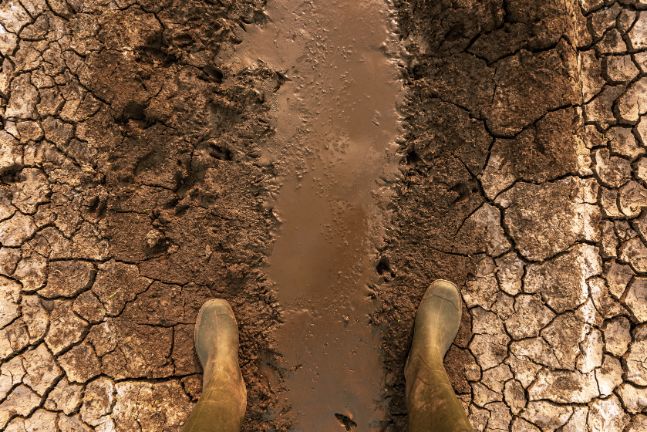With the COVID-19 pandemic coming to a close a new normal is taking shape around the world. It is a time of shifting balances between immunity and risk for individuals within a community and between the ability to manage the disease as an endemic and an epidemic.
The Vaccines Are Still in Wide Distribution and the Falling Cases across Much of the World are Signs of Progress but It is A Fragile Dawn
Despite rapid gains in vaccine coverage, many countries are facing high levels of transmission and deaths. These challenges have made the need for swift global delivery of oral therapeutics even more critical, especially given the rise in subvariants that threaten to evade immunity and blunt progress to date.
The Path to Herd Immunity in Most High-Income Countries Looks Broadly Similar
As COVID-19 continues its journey toward endemicity, communities across the world are approaching the point at which they will no longer need to worry about ongoing mortality (in places where population mortality has dropped below a country’s historic average) or long-term health consequences from COVID-19. This will happen when the full population of a nation has achieved herd immunity, meaning that the risk of people becoming infected with COVID-19 is no longer higher than it was before the disease arrived.
The timeline for reaching herd immunity in most high-income countries will vary depending on the pace of vaccinations, the level of natural immunity and previous coverage of other vaccines. However, a path to herd immunity is likely to involve some combination of booster doses and continued public-health measures.
When the full population has reached herd immunity, public-health measures can be phased out and people can resume day-to-day activities, although some pockets of endemic disease will continue to exist around the world. For example, areas that have been exposed to war or where communities have persistently low levels of vaccinations and other protective strategies will remain vulnerable to COVID-19 until herd immunity is reached.
What is the Next Step in the Path to Herd Immunity?
Once herd immunity is achieved there may be occasional small flare-ups of COVID-19. This will be similar to the outbreaks that occur after measles vaccines are in widespread use and before the emergence of new measles variants that evade the vaccines. It will also be similar to the outbreaks that occurred during the winter of 2021 when Omicron first emerged.
Getting there will take many different kinds of public-health measures, including vaccinations and vaccination boosters, testing, treatment and prevention. These are all critical to protecting the population from the worst impacts of COVID-19.
As the world moves to a new normal, the challenges will be how quickly governments, the private sector and the international community can transition to a new approach that is effective at controlling the virus and preventing disease outbreaks. This requires a combination of saving lives; protecting the poor securing the foundations of the economy; and building policies and institutions for resilience. The World Bank Group will work with governments and partners to support these efforts.




